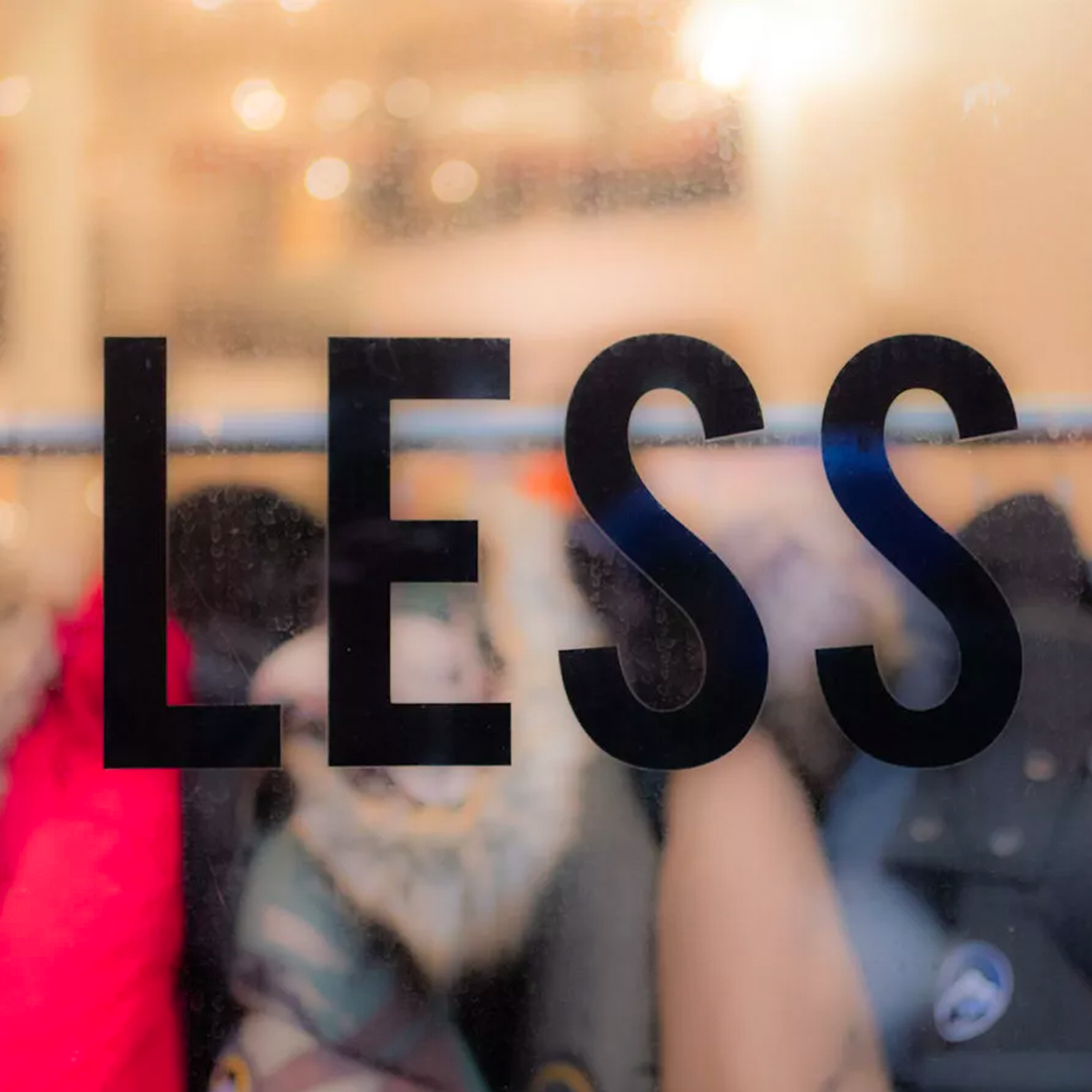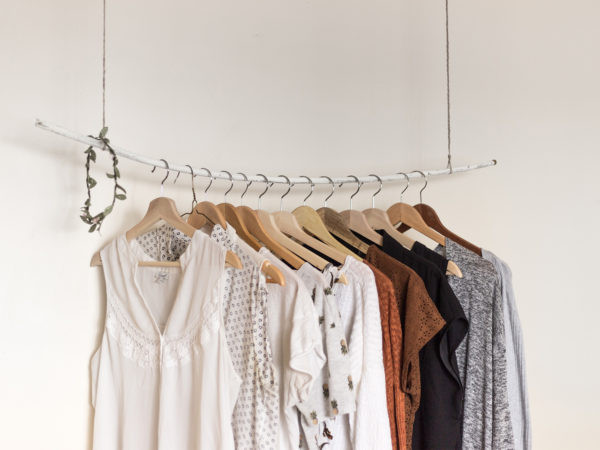
We all know fashion is supposed to be fun. But between the sweatshops and the closet full of clothes you haven’t worn in years, sometimes it all feels a little too fast-paced and disposable for comfort.
So what can we do about it?
You might think that giving up clothes or buying organic is the only way to become a more sustainable shopper. But there are actually many ways that you can incorporate slow fashion into your life–and no, they don’t involve wearing anything but potato sacks in protest!
Slow Fashion is a movement that has emerged in response to the growing environmental and social costs of the fashion industry’s current practices.
Slow fashion is a response to fast fashion. It’s about making clothing that is made well enough to last, and keeping it in circulation for longer. Slow Fashion advocates value clothes and keeps them in circulation for longer, creating a sustainable fashion industry.
Fast fashion refers to the mindset of making low-cost garments at a high speed to meet fast-changing trends.
Fast fashion refers to the mindset of making low-cost garments at a high speed to meet fast-changing trends. Fast fashion is a response to the growing environmental and social costs of the fashion industry's current practices, which have been characterised by rapid production and consumption with little regard for longevity or quality.
Fast fashion isn't necessarily a specific type of garment; instead, it's an approach that dictates how designers work within their industry. It's not new—in fact, it was first used in 2002 by author Elizabeth L Brooks in her book The Fashion System: Design, Manufacturing and Marketing for Luxury Brands—so you can see why this particular term has gained traction over time (and why I'm using it here).

In order to achieve this rapid production, factories cut corners on materials and labour.
While fast fashion is a big business, it can also be seen as a big problem. Not only does the industry often exploit workers and cause environmental harm, but sometimes it doesn't even pay its bills. In 2015, for example, Ralph Lauren had to file for Chapter 11 bankruptcy protection after failing to pay creditors about $1 billion in debt.
Slow fashion was first coined by Kate Fletcher of the Centre for Sustainable Fashion in 2007, and it refers to designers who are actively moving away from fast-paced consumption.
Slow fashion is a movement that has emerged in response to the growing environmental and social costs of the fashion industry’s current practices. Slow fashion is about embracing individuality by choosing what is important to you within the movement rather than following rigid rules.
When Kate Fletcher first coined “slow fashion” in 2007, she wanted it to be an umbrella term encompassing all approaches toward sustainable production but was met with resistance from those who felt that her new phrase didn't capture their idea of sustainability.
The ethos behind slow fashion can be summarised as clothing being made well enough to last so that it doesn’t need to be replaced often.
Slow fashion is about the quality of the clothing you buy. It’s about buying less but buying better. These principles can be applied to any style or budget—from fast fashion to high-end designer brands, from thrift store finds to haute couture.
Slow Fashion is an ethical movement that values our clothes as much as we do. It’s a way of simultaneously valuing our money and being more conscious consumers. When we buy something new, we become attached to it right away—we will love it today and forget all about it in a week; when we make something ourselves, however briefly or imperfectly (and even if it isn’t perfect), we tend to respect and care for it much longer than if we just bought something off the rack at Forever 21!
Slow Fashion is equal parts about valuing our clothes and being more conscious consumers: recycling old T-shirts into tunics; making accessories out of scrap fabric from other projects; repairing holes instead of tossing out an otherwise perfectly good item because one tiny flaw makes us feel guilty for owning such an expensive piece in the first place… these are just some ways you can participate in this movement without sacrificing your own personal style preferences! And if you sew or knit yourself some cool new threads? Even better!
Slow fashion encompasses everything from sewing your own clothes to buying second-hand, upcycling old garments or buying only ethically made clothing.
Slow fashion is a movement that encourages consumers to buy less, buy better and buy sustainably. It can be as simple as buying second-hand or upcycling old garments, or it can also be as complex as buying only ethically made clothing.
The idea behind slow fashion was created in Denmark by Mette Skougaard Petersen, founder of the Danish Fashion Ethical Charter; she wanted to create an alternative shopping experience focused on sustainability and quality rather than fast consumption. The idea soon spread across Europe, with similar organisations being established in France (the French Fashion Ethical Charter) and the Netherlands (the Dutch Fashion Ethical Charter).

The slow fashion movement allows you to find ways of participating that will fit into your life and style.
The slow fashion movement allows you to find ways of participating that will fit into your life and style. For example, if you live in a small apartment and don't have the space to store a lot of clothes, consider getting rid of some items when they no longer fit or are out of style. Alternatively, if you're always on the go and need something easy to throw on over your leggings, try adding a few cut-off shorts from Forever 21 into your wardrobe rotation.
Note: if any friends ask why there's an extra pair of denim shorts hanging in your closet—don't worry about it! It's better than having them go into landfills where they'll take up space for years without decomposing.
It’s about embracing individuality by choosing what is important to you within the movement rather than following rigid rules.
- It’s not about following a list of rules.
- Slow fashion is about finding a way of participating that works for you.
- You can find ways to participate that fit into your life and style rather than worrying about fitting into someone else’s idea of slow fashion.
- It's about valuing our clothes and keeping them in circulation for longer - whether this is through repairing or even just wearing them until they fall apart on their own accord, we're all on board!

It is also about finding ways of valuing our clothes and keeping them in circulation for longer.
The idea of slow fashion is that we should be buying less but better. It's not just about reducing the number of clothes we have in our closet, though—it's also about finding ways of valuing our clothes and keeping them in circulation for longer. The concept has been growing in popularity over the past few years as more people become aware of the environmental and social impacts of fast fashion on society.
One way you can do this is by reusing items that you already own: turn a t-shirt into a tunic or pullover; add patches to your jeans; add lace trim to an old dress shirt; use an old sweater as a pillowcase (the list goes on). You may also want to consider investing in fewer pieces upfront so that you don't end up throwing away new things after wearing them for a year or two only once or twice before getting bored with them anyway!
In a nutshell, slow fashion encourages us to be more conscious consumers when it comes to our wardrobes.
- In a nutshell, slow fashion encourages us to be more conscious consumers when it comes to our wardrobes.
- Slow fashion is about buying less but buying better quality
- Slow fashion is about valuing our clothes and keeping them in circulation for longer.
- Slow fashion embraces individuality.
- It's also about finding ways of participating that will fit into your life and style.

Conclusion
What is slow fashion? We think of it as the opposite of fast fashion. All jokes aside, slow fashion is a movement that has emerged in response to the growing environmental and social costs of the fashion industry’s current practices. It’s about embracing individuality by choosing what is important to you within the movement rather than following rigid rules.
Are you ready to take the leap and say goodbye to fast fashion, by sewing your own wardrobe out of sustainable and ethical fabrics?
The Heavy Duty Combo is a great deal to get you started. With this kit, you can sew up your garments and effortlessly and professionally finish your edges.
Have you made some clothing for your wardrobe we would love to see! Tag us @singersewinganz on Facebook or hashtag #sewitwithsinger.
